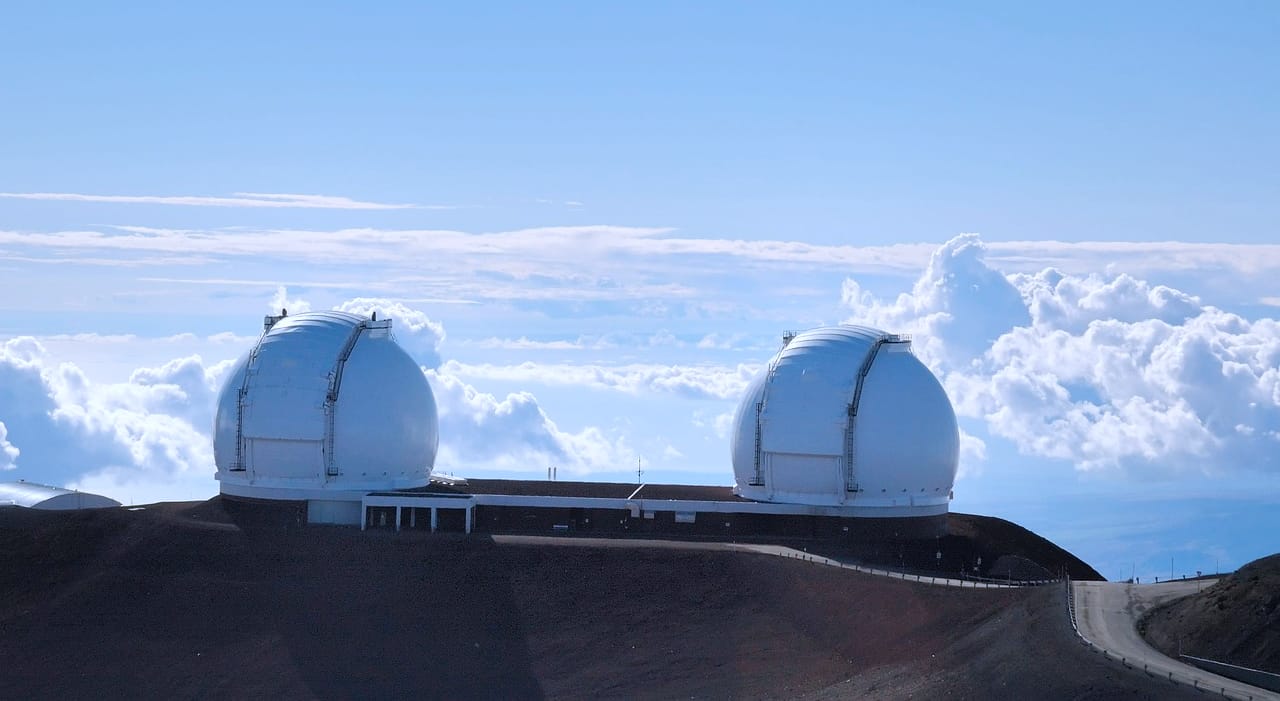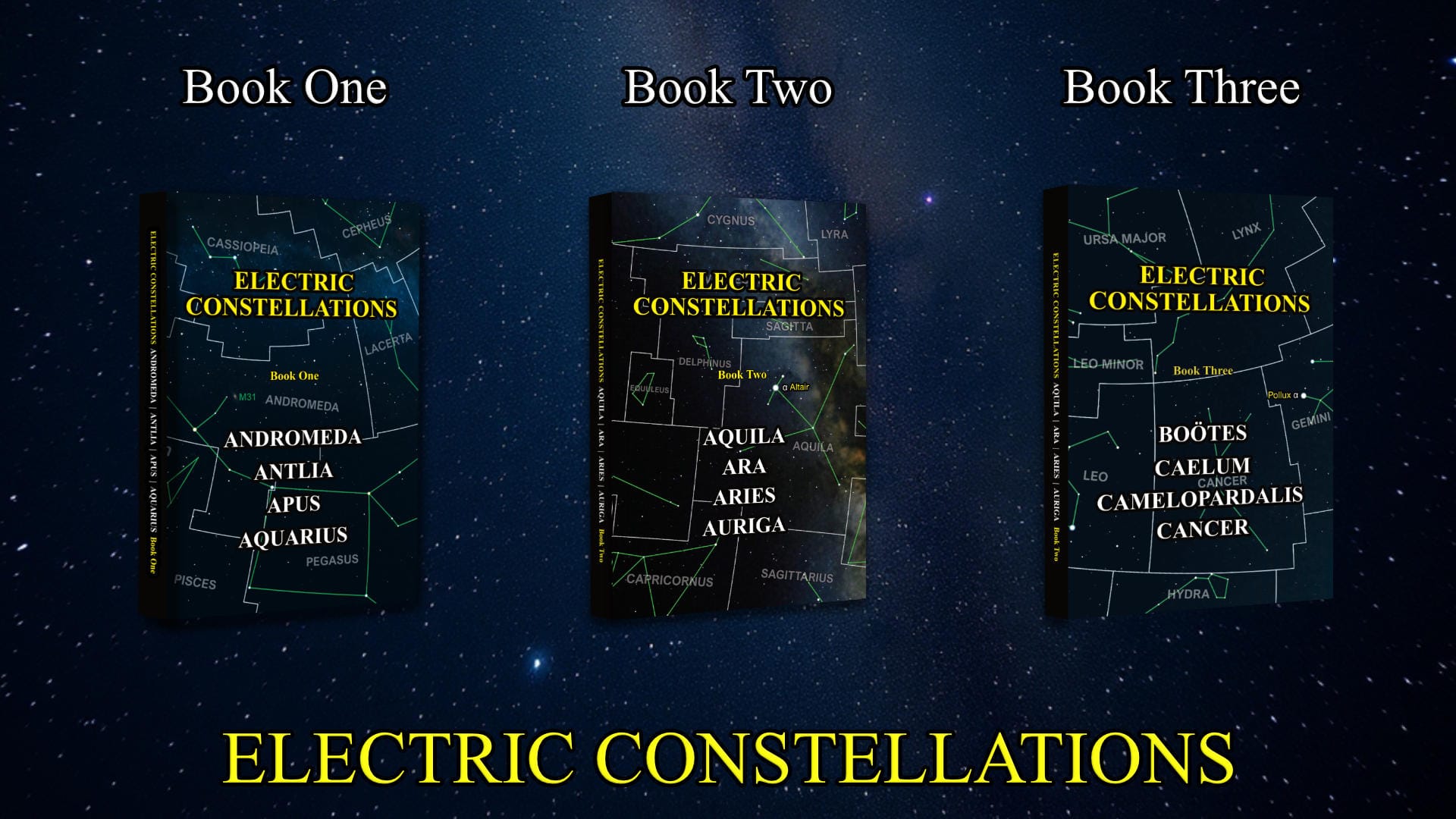Ground-based Telescopes Video

The ground-based telescopes journey began in the early 17th century, forever changing humanity’s relationship with the cosmos. Though Hans Lippershey, a Dutch eyeglass maker, is often credited with the first telescope patent application in 1608, it was Galileo Galilei who first pointed these revolutionary instruments skyward for serious astronomical observation. This single act transformed astronomy from a discipline of naked-eye observation to one built on increasingly sophisticated technology.
The basic principles of telescope design—collecting light and magnifying distant objects—remain unchanged after four centuries, but the methods have evolved dramatically. From simple tubes with glass lenses to massive mirrors spanning meters in diameter, telescopes have grown in size, complexity, and capability. They’ve progressed from instruments that could barely resolve Jupiter’s moons to technological marvels capable of detecting light from the universe’s earliest galaxies.
The ground-based telescopes astronomical revolution of the late 20th century was driven not by larger mirrors but by transformative digital technology. Charge-Coupled Devices (CCDs) replaced photographic plates in the 1970s and 1980s, increasing sensitivity by a factor of 20 or more. Unlike photographic emulsions that captured only about 1% of incoming photons, CCDs could register up to 90% of light striking their silicon surfaces. These electronic detectors also provided immediate digital data, eliminating the time-consuming chemical developing process and enabling astronomers to process images with computer algorithms to remove defects and enhance details.
As telescopes grew larger, the precision required to keep them accurately pointed became increasingly challenging. Traditional mechanical tracking systems gave way to computer-controlled servo motors capable of maintaining accuracy measured in fractions of an arcsecond. These systems compensated for Earth’s rotation so seamlessly that exposures could last hours instead of minutes, allowing astronomers to capture significantly fainter objects.
The computerization of telescopes extended beyond tracking to every aspect of observatory operation. Astronomers could now control instruments remotely, often from comfortable control rooms rather than freezing observatory domes. This shift made observing more efficient and opened new possibilities for remote operation, where astronomers could conduct observations from thousands of miles away or even schedule observations to run automatically when conditions were optimal.
A groundbreaking development in telescope design came with the Multi-Mirror Telescope (MMT) at Mount Hopkins, Arizona, which began operation in 1979. Rather than struggling with the challenges of casting and polishing a single large mirror, the MMT combined six 1.8-meter mirrors on a common mount to achieve the light-gathering power of a 4.5-meter telescope. This innovative approach demonstrated that multiple smaller mirrors could function effectively as a single optical system, paving the way for the segmented mirror designs that would dominate future large telescope construction.
The original MMT also pioneered the alt-azimuth mounting system for large telescopes, replacing the equatorial mounts that had been standard since the 19th century. With computer control managing the complex tracking calculations, alt-azimuth mounts allowed for more compact and less expensive telescope structures while maintaining precision pointing. This design principle has been adopted for virtually all major telescopes built since, including the conversion of the MMT itself in 1998 to a single 6.5-meter mirror telescope.
More about Ground-based telescopes can be found here.
Challenge the standard model—explore the cosmos through the Electric Universe Theory. These Electric Constellations books contain full-color, data-rich investigations of four constellations each. They're not a beginner's star guide—they're a serious work for independent thinkers, astronomers, and scientifically literate readers seeking to understand the Universe beyond conventional gravity-based interpretations.
Each constellation is examined in detail, with attention to its Bayer-designated stars, mythological origins, meteor showers, and bordering constellations. In-depth profiles of deep-sky objects—including galaxies, planetary nebulae, and star clusters—are paired with high-resolution imagery from the Webb and Hubble space telescopes, delivering both scientific clarity and visual impact.
Central to this series is the Electric Universe (EU) model, which proposes that electromagnetic forces—not gravity alone—govern much of the structure and behavior of the cosmos. Rather than treating this as speculative fringe, the book frames the EU model as an evidence-based, plasma-physics-informed alternative to the standard cosmological narrative.
Inside each volume:
- Comprehensive coverage of four distinct constellations
- Analyses of deep-sky objects in the EU context
- Original commentary on plasma discharge features and Z-pinch configurations
- Mythological and historical context without romantic embellishment
Written for readers who demand more than rote repetition of gravitational dogma, Electric Constellations opens a new observational and theoretical frontier—where stars light by electrical currents, not fusion, and where structure emerges from plasma dynamics, not dark matter.
Whether you are an amateur astronomer, electrical engineer, or astrophysicist curious about alternative models, these books deliver a rigorous and visually stunning exploration of the night sky—illuminated by a very different current.

